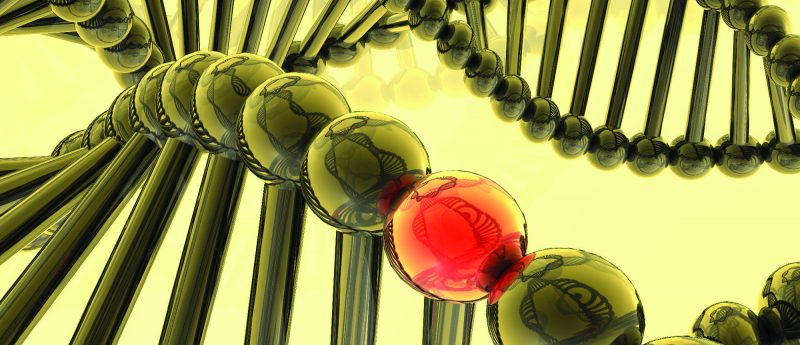Gene editing could utilize editorial assistants to ‘open’ inaccessible genes

Gene editors could be accompanied by new DNA-binding ‘editorial assistants’, which may enable edits in disease-causing loci that were previously inaccessible.
The new development of DNA-binding ‘editorial assistants’ provides cut-and-paste DNA editors, such as CRISPR, the ability to access previously inaccessible loci. This new development holds potential for the improvement of CRISPR’s efficiency, by opening new areas of genetic code that have previously been impossible to edit due to the complex chromatin structure.
The paper that describes the design of the ‘editorial-assistants’, which were devised by a team of US-based engineers, has been published in APL Bioengineering.
The innovation in this paper is having another protein co-delivered with the CRISPR DNA editor, moving chromatin packaging out of the way, so CRISPR has greater access to the DNA,” commented lead author, Karmella Haynes (Arizona State University, AZ, USA and Emory University, GA, USA).
DNA is heavily wrapped in chromatin, which controls what genes are activated or silenced by a cell at any point in time. However, this protective package can prevent scientists from accessing specific DNA when attempting to correct disease-causing mutations.
In 2016, Haynes’ team conducted experiments that clearly captured the blocking effect of chromatin when CRISPR is being used. Following that discovery, her team went on to investigate methods of chromatin disruption in order to overcome this challenge in DNA editing.
To achieve this, the team used a well-established artificial system where chromatin packaging can be turned on or off at a luciferase gene. After examining the chromatin-packed state, the team discovered that several DNA-binding ‘editorial assistants’, termed transiently expressed activation-associated proteins (AAPs), disrupted the chromatin and enabled CRISPR to successfully edit the luciferase gene.
The idea is that if CRISPR needs to bind in the middle of a gene but can’t bind close enough to edit the mutation, you could send in our chromatin-opening protein to right outside that hard-to-bind region, rearrange the chromatin and make the DNA across that gene more accessible for CRISPR to edit the gene,” explained Haynes.
Haynes is keen for others to use this system to improve CRISPR efficiency; further she pointed out the AAPs can be adapted to target different genes, simply by switching the DNA-binding regions.
It’d be interesting to find out whether one type of AAP is more effective at disrupting chromatin at some genes versus others. Or whether combining proteins together might further enhance CRISPR editing,” commented Haynes. “I envision there being a whole catalog of CRISPR cofactors that can be used to enhance CRISPR activity.”
Source: Haynes K, Daer R, Hamna F, Barrett C. Site-directed targeting of transcriptional activation-associated proteins to repressed chromatin restores CRISPR activity. APL Bioeng. doi:10.1063/1.5127302 (2019) (Epub ahead of print); https://www.aip.org/news;
Have any additional questions about this story? Ask us in the comments, below.
Find out more in these top picks from the Editor:
- New CRISPR cell therapy overcomes first hurdle in trial
- CRISPR used to develop cell therapies for cystic fibrosis
- New tiny and precise CRISPR-Cas9 could bolster gene therapy techniques